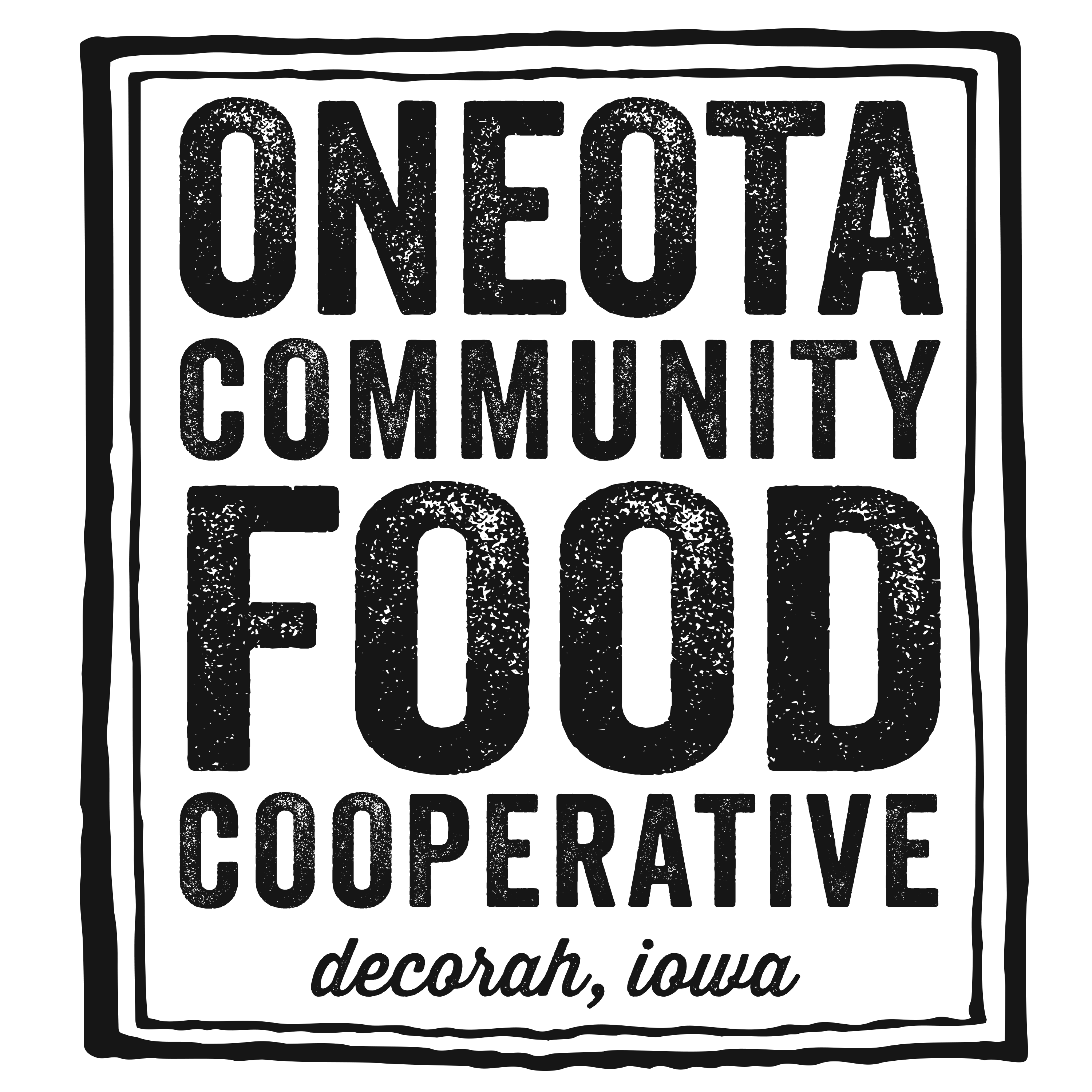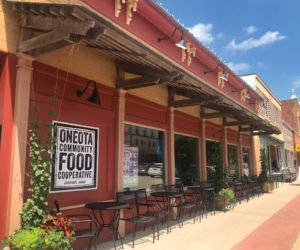By Johanna Bergan, Education and Outreach Coordinator
Here’s a big “thank you” to the U.S. Food and Drug Administration (FDA) for the best birthday present my daughter could have received this year. You may be wondering how the FDA could have provided anyone (let alone my daughter) with a great big birthday present as she turned 7 years old this year, so here is why we’re celebrating. On August 5, 2014, the FDA began enforcement of a new set of food labeling standards that regulates the claim seen so frequently on packaging, ‘gluten free.’ “This final rule is intended to provide a uniform definition of the term “gluten free” so that consumers, particularly those who have Celiac Disease, will know what it means when they see it on the labeling of food.”
As of the date listed above, the rule defines “gluten-free” as a food that is either inherently gluten free or does not contain an
ingredient that is:
1. A gluten-containing grain (e.g., spelt wheat, rye, barley, triticale)
2. Derived from a gluten-containing grain that has not been processed to remove gluten (e.g., wheat flour)
3. Derived from a gluten-containing grain that has been processed to remove gluten (e.g., wheat starch).
Foods labeled “gluten-free” also must not contain more than 20 parts per million (ppm) of gluten. Food may only bear a “gluten-free” labeling claim if it meets all of the FDA requirements.
Do note that the FDA does not require products bearing the “gluten-free” claim to be tested. However, products labeled “gluten-free” can and may be randomly tested and if found to exceed the 20 ppm
maximum allowance, the producer may be held liable and fined for false or misleading labeling.
My daughter, Margret, has Celiac Disease. This is an autoimmune disease which occurs in genetically predisposed people, and leads to internal intestinal damage when gluten is consumed. It is estimated that 1 in 100 individuals have Celiac Disease. The treatment for Celiac Disease is to eat a strict gluten-free diet, monitoring down to crumbs of the food eaten. Leaving Celiac Disease untreated can lead to additional serious health problems including Type 1 Diabetes, MS, anemia and intestinal cancer.
Our family lives in a home that is kept free of gluten, with almost all of us adopting a gluten-free diet in support of Margret. Eating outside of our home is always an experience, as we comb ingredient labels, question wait staff and bring our own dishes to potlucks. The new regulation of the gluten free label is supporting us in finding the freedom to eat on the go.
It should be noted that the new regulations are not perfect and come with their own challenges. Not all those who suffer from Celiac Disease or gluten sensitivity cease to react to products at the 20 ppm threshold set by the FDA. Advocates are still working towards an even lower 5 ppm standard for gluten free labeling. Individuals have been known to react to as little as 5 ppm and the best testing available today can only test for as little as 3 ppm. There simply isn’t a test available to determine 0 ppm at this time.
The new FDA regulations have led to changes in our own Water Deli labeling system. Foods previously labeled “gluten free” have lost that labeling – even though our processes of creating and assembling items has not changed. You will notice that we now use the terminology “made without gluten” on our labeling instead of “gluten free.” This is due to the fact that our Deli is not a certified glutenfree facility and we also do not have our finished food items tested for adherence to the 20ppm standard set by the FDA. As always, please do not hesitate to reach out to us at the Co-op with any questions or concerns about our practices.
Gluten free remains a buzz term in health circles, and the discovery of different levels of gluten sensitivity affect the understanding and safety of those who suffer from Celiac Disease. This can blur the line of what exactly is necessary for each individual, in addition to it truly being different for each individual. There is no one-size-fits-all solution for those who suffer from the inability to digest gluten proteins – except the complete avoidance of it altogether.
As Margret turned 7, the food environment she lives in grew safer and more secure. For these measures, my family says thank you. And if that cake is gluten free, we’ll both take a slice.



